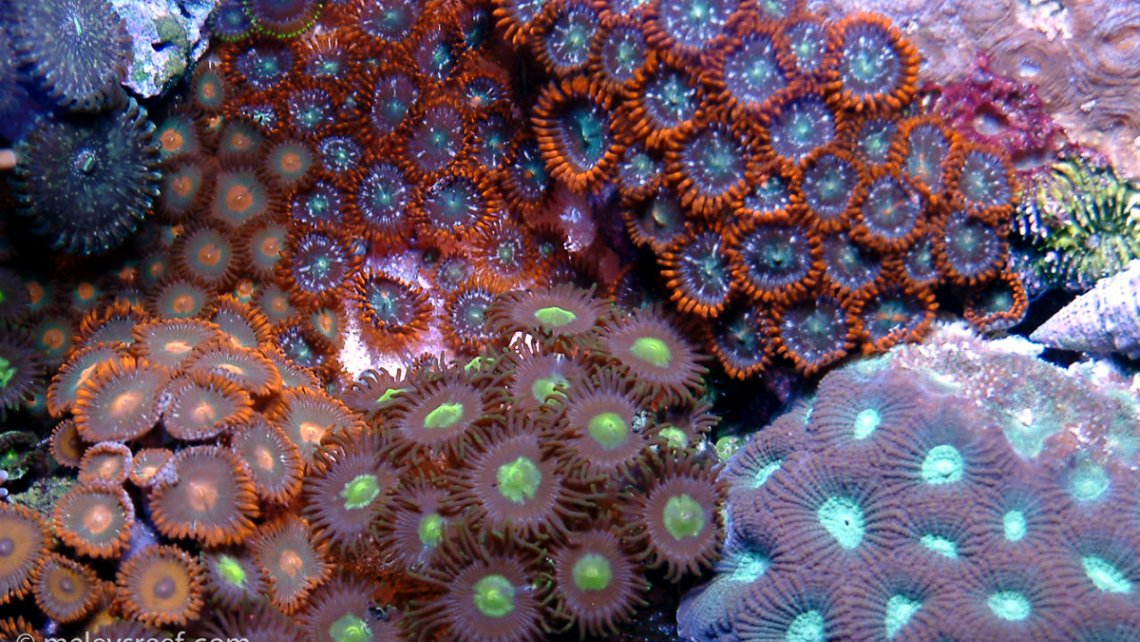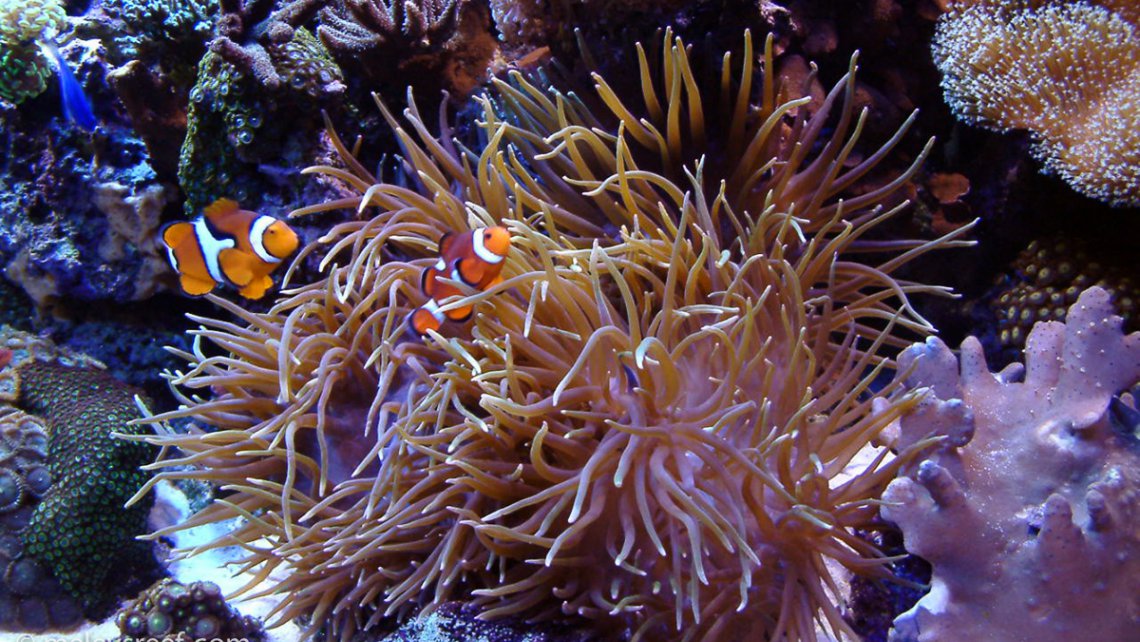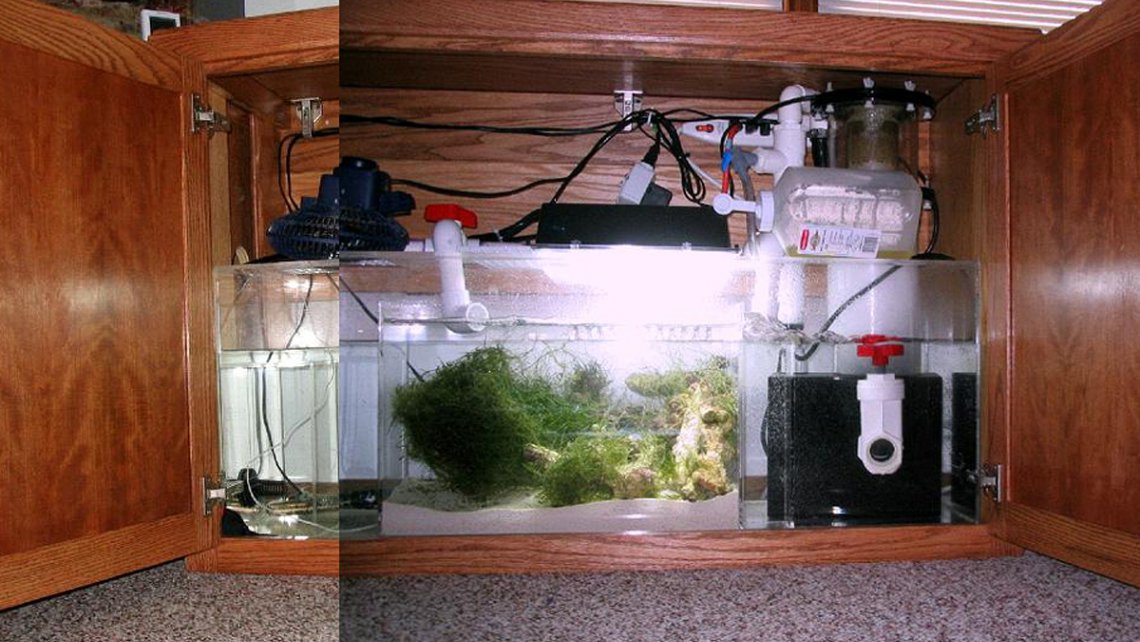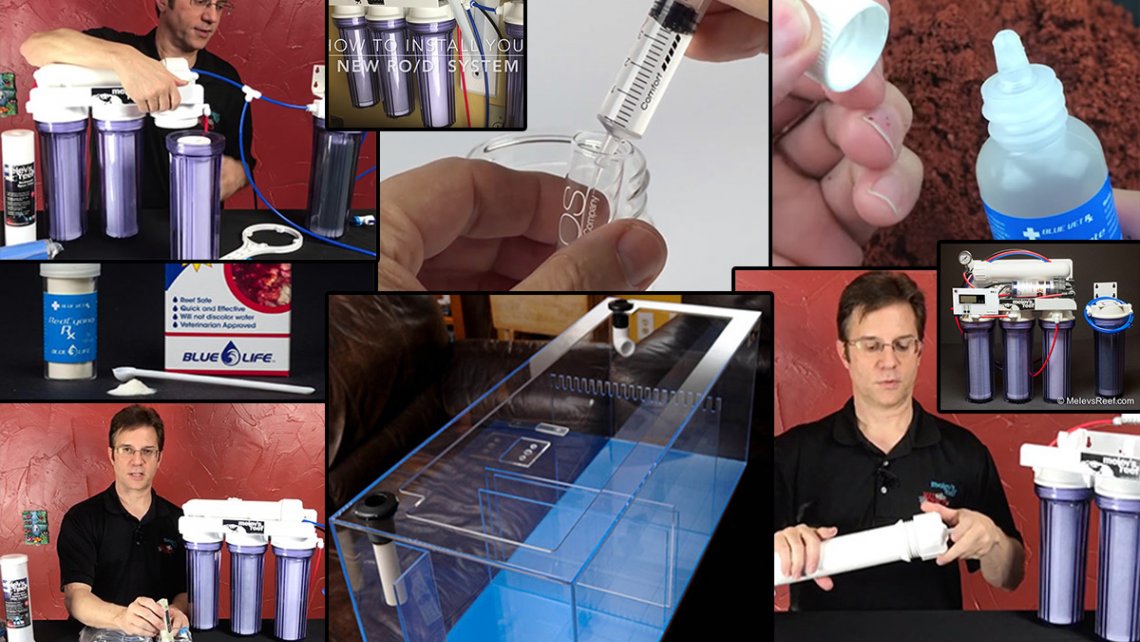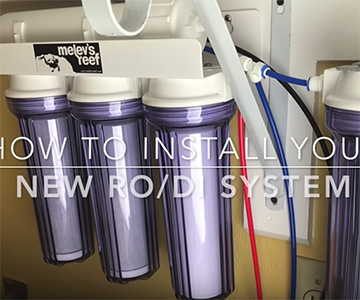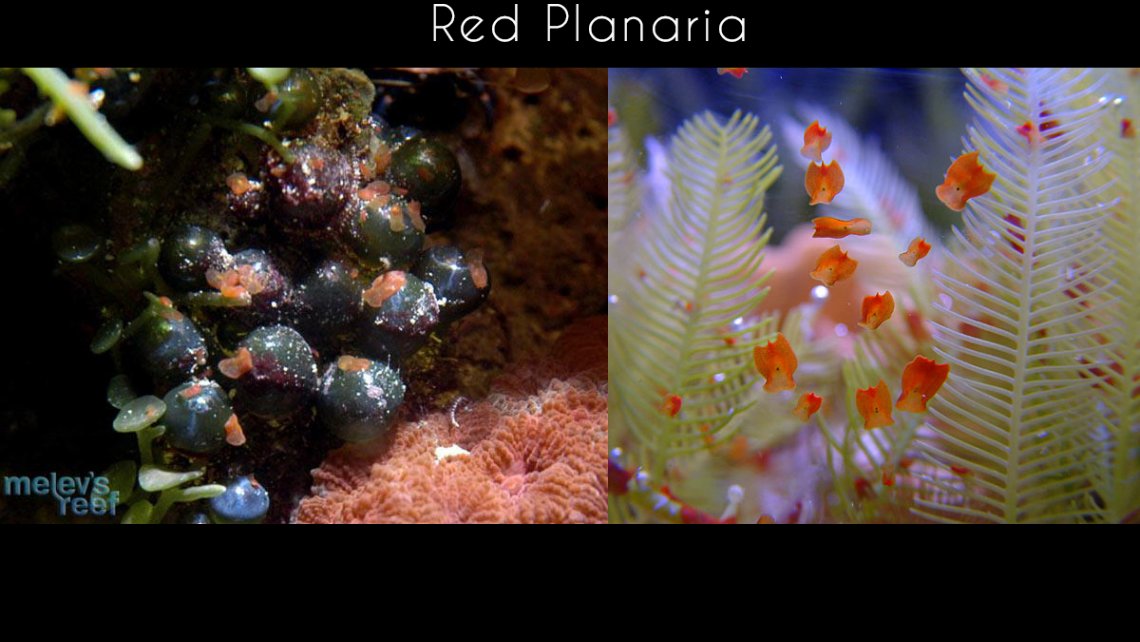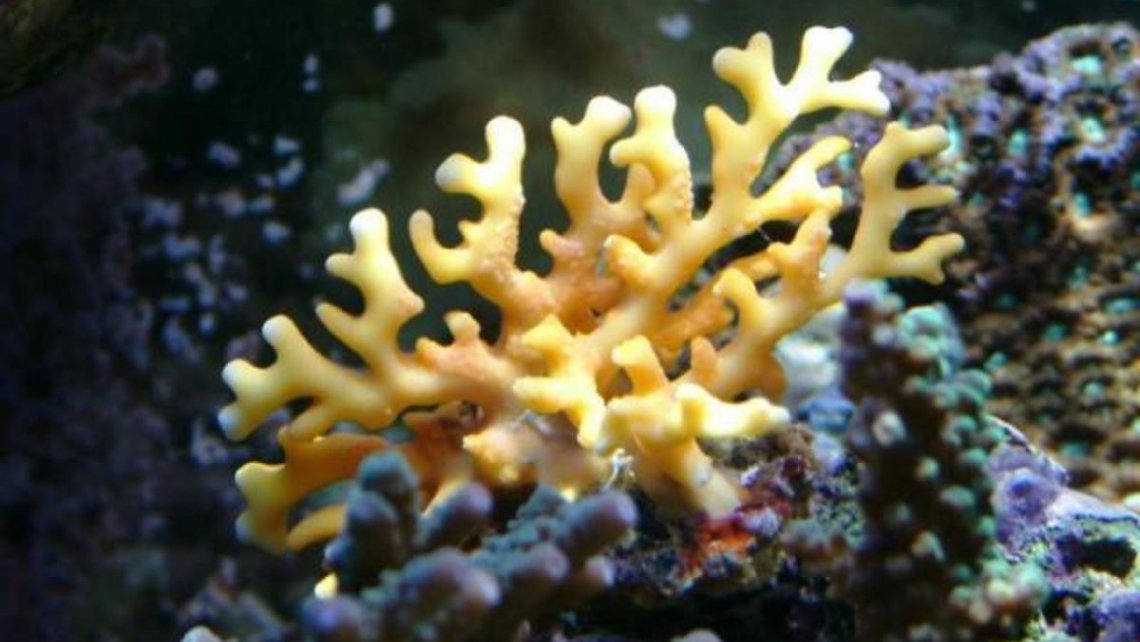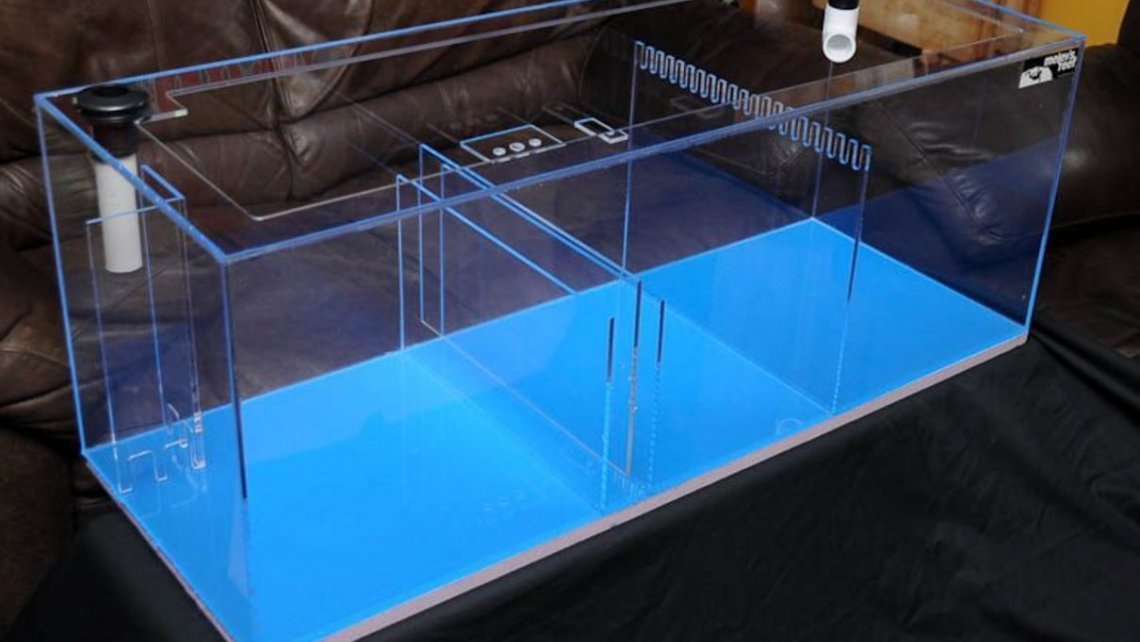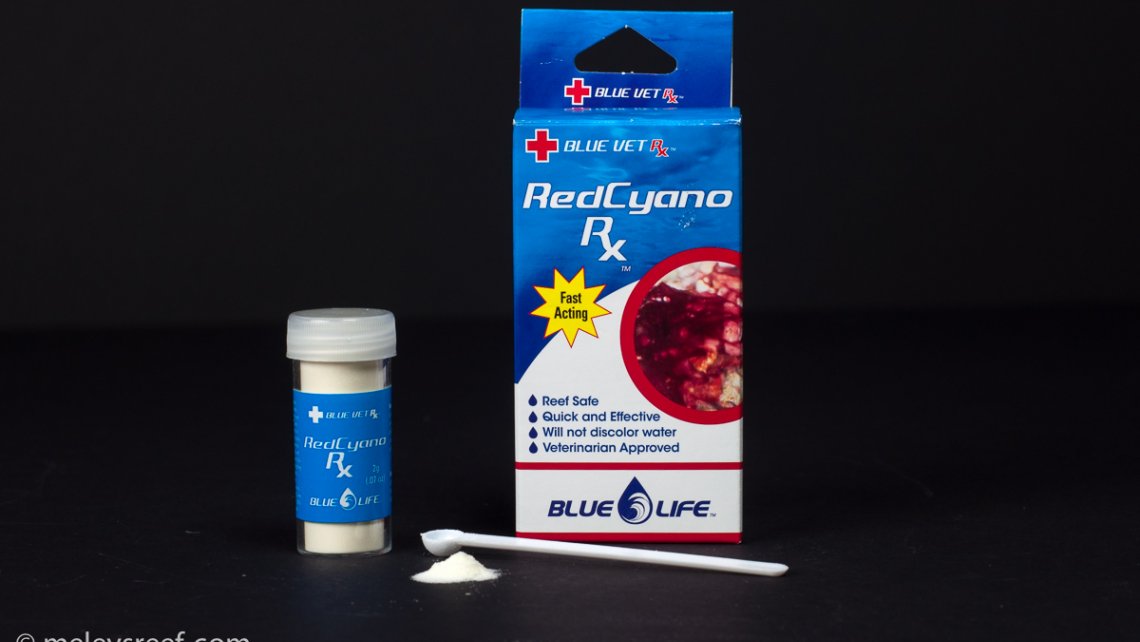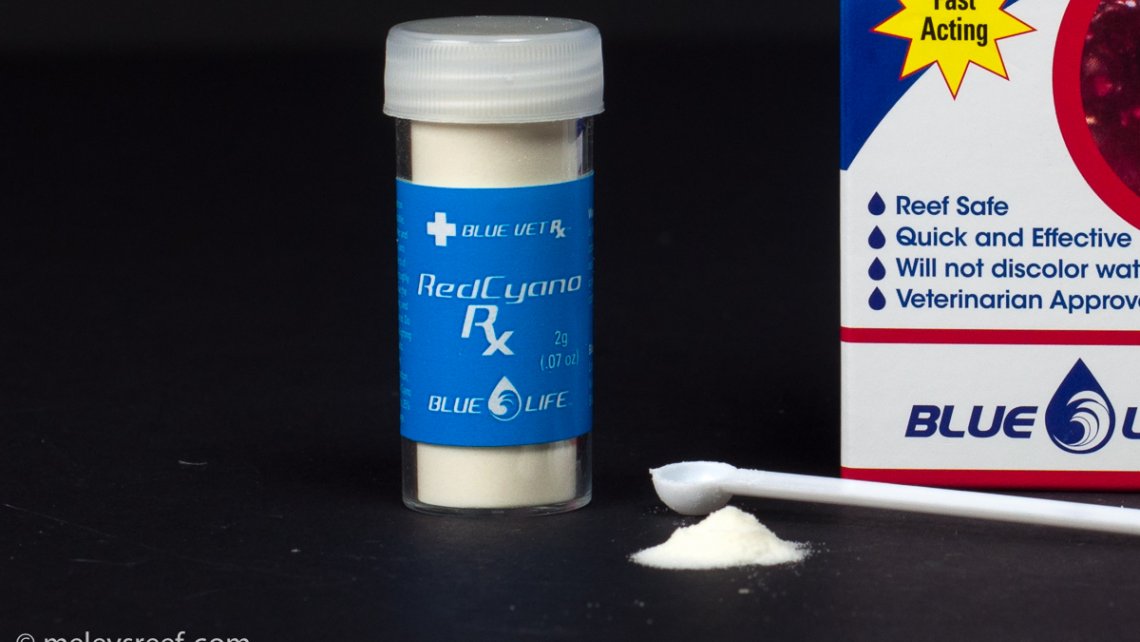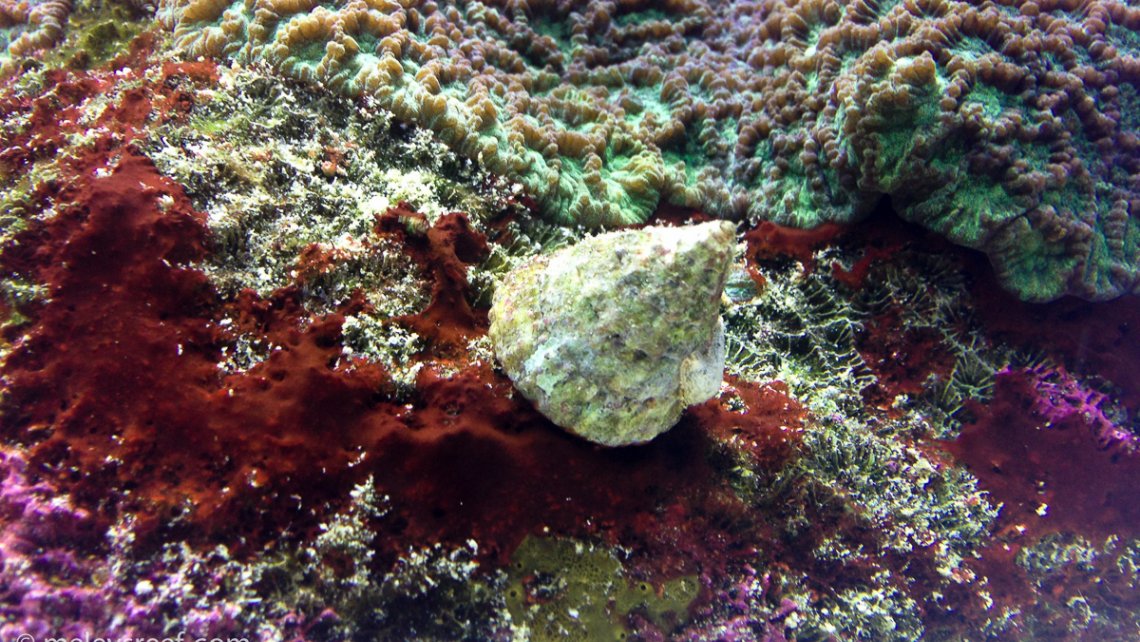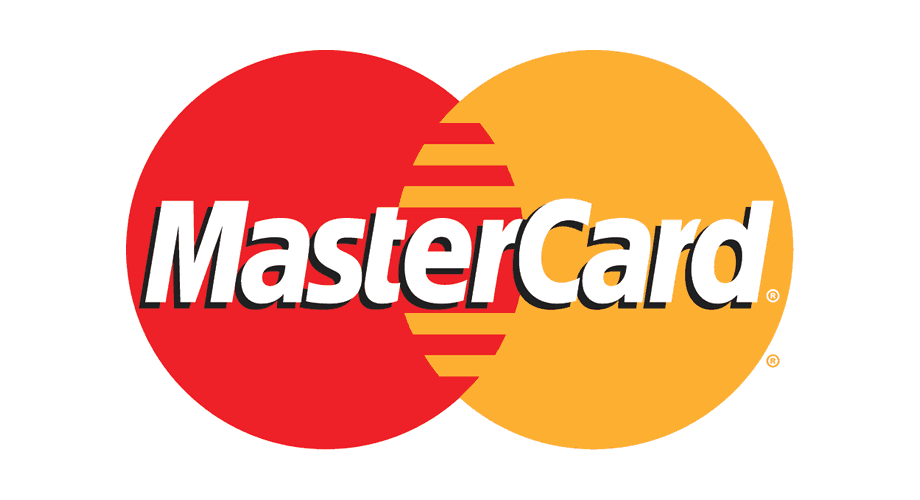Model "I" Sump
Due to the lack of space, this sump was built in two parts so it could be installed more readily. The skimmer and return zone are in the shorter sump, and the taller vessel is the refugium. The sump is 28" x 14" x 14"( or 23.8-gallons) and the refugium is 10" x 14" x 18"( or 10.9-gallons). When running, the combined volume of both parts added up to about 23g of water.
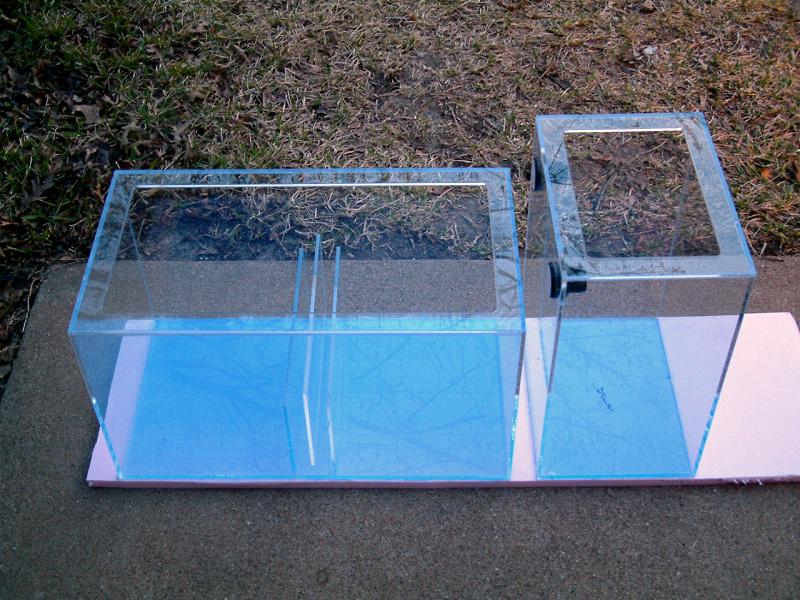
Model "A" Sump
The first sump I designed was basically a refugium and a return zone. It incorporated a bubble tower to avoid microbubbles, and kept the sump quiet. It fit under a 29-gallon reef, and held 16-gallons to the top rim.
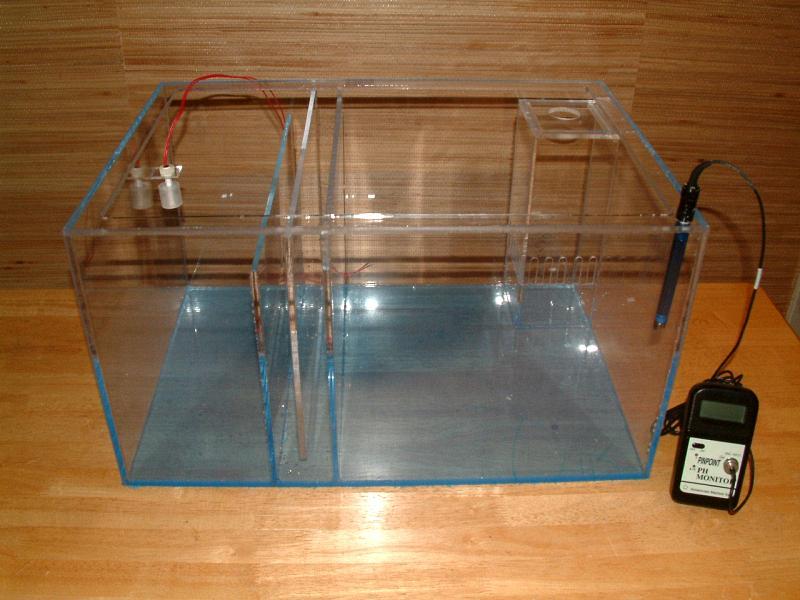
90g Propagation Tank
I was asked to build a 4' x 3' propagation tank for DFWMAS, and after a little thinking and a little more time building, this is what they got. This is a durable tank that will last for years, made with 3/8" cast acrylic. The corner overflow has a 1.5" drain and 1" return, which is plenty for this volume of water.
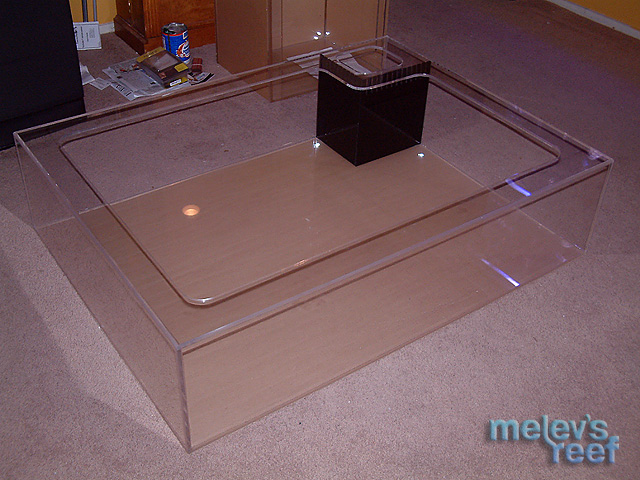
The Side Sump
A sump was requested for a corner tank. Because there was no room to work in that stand, this sump & refugium was designed to be installed in an adjacent cabinet, providing easy access and more volume to the system. By the way, this is probably my favorite sump because of its uniqueness.
Taking pictures of acrylic sounds easy at first, but for the reader online it can be difficult to see things clearly. So, here is a sketch to help you visualize the unit.

How to eliminate Flatworms (Red Planaria)
Small reddish-rust colored creatures may already be in your tank. Or you may buy a coral and they'll appear as hitchhikers later. They may appear on the glass/acrylic, on the substrate, or on live rock. Due to their extremely thin bodies, they are called flatworms correctly. They appear almost two-dimensional, barely a flap of skin. They can move through the tank, elongating the front part of their body like a sail filling with wind, latch on to the nearby surface and pull the rest of its body forward.
Distichopora coral
by Brad Ward
How often have you seen a spectacular colored specimen at a store. I mean, one that knocked your eyes out! Only to find out that it was considered a "Hard to Keep" coral that was shipped in by accident or through mis-identification. Or even worse, bought one of these corals and had it slowly diminish in health and melt away before your eyes.
How to silicone baffles in a glass aquarium
A video is coming in Spring 2015, but for the time being here are the guidelines:
I sell acrylic baffles cut to fit your aquarium via my shop: http://www.melevsreef.com/product/baffle-kit Once arrived, this is how to install them.
If you mimic the layout of the Model F on my site, you will be creating three zones. The layout is Skimmer zone on the left, Refugium zone on the right, Return zone in the middle.
Getting Rid of Cyanobacteria
Cyanobacteria is a type of bacteria that can bloom, and then blankets the sand and rockwork in our tanks. It's an eyesore and people object to its presence in our systems. You have a few products to help combat it, and then there is the non-chemical approach as well (explained in the article linked below).
RedCyano Rx (by Blue Life USA) works well.


